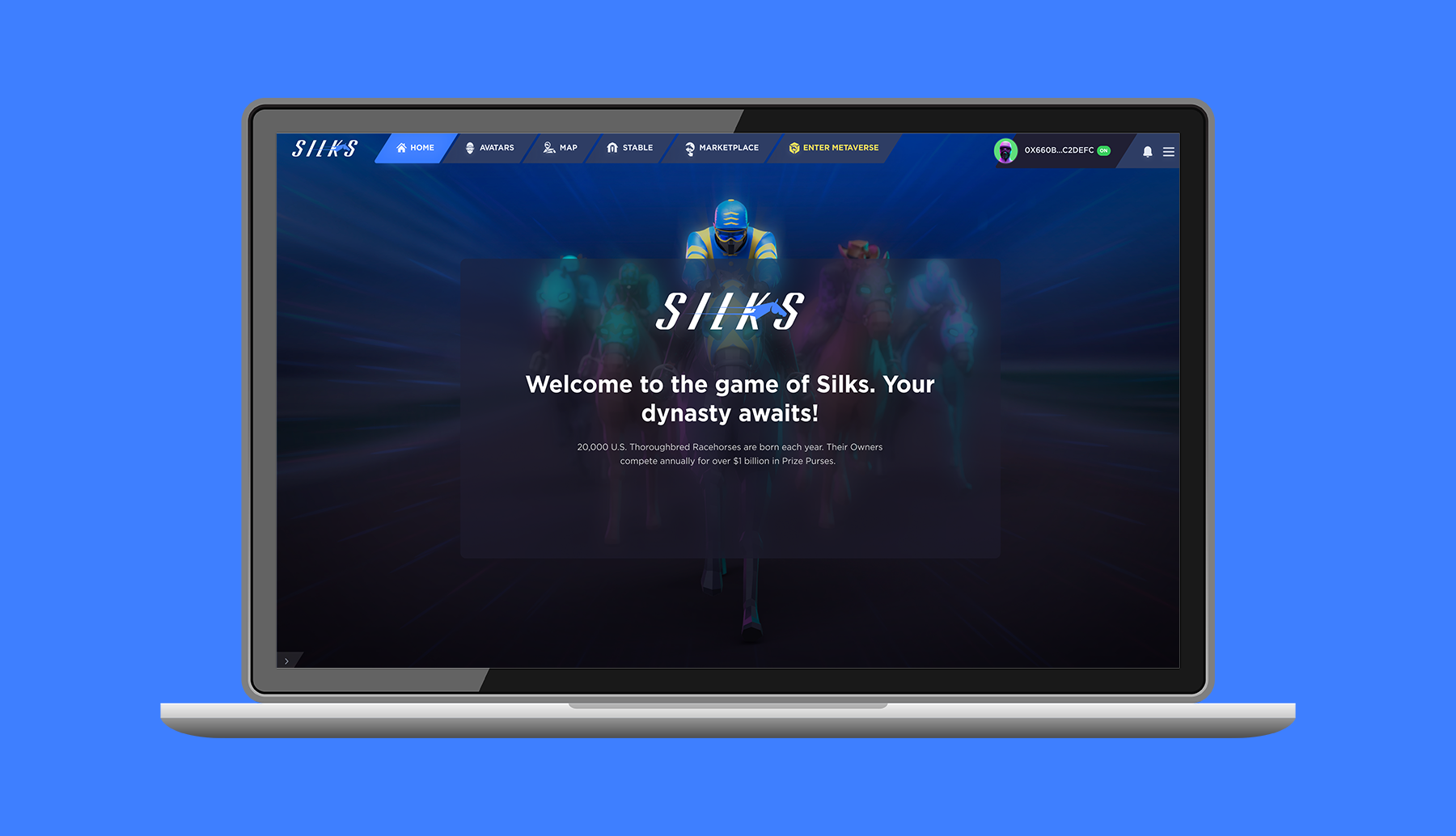
The design of The Game of Silks focused on making complex gameplay intuitive and engaging. Early research and wireframing defined clear user flows, information hierarchy, and interaction patterns, with iterative prototyping to refine usability and ensure seamless navigation.
Visual design emphasized a clean, colorful aesthetic with pixel-perfect layouts, consistent typography, and clear iconography, while interactive elements provided instant feedback for player actions. Close collaboration with developers ensured that the UI/UX translated flawlessly into the final game, creating a user-centered experience that is both immersive and easy to navigate.
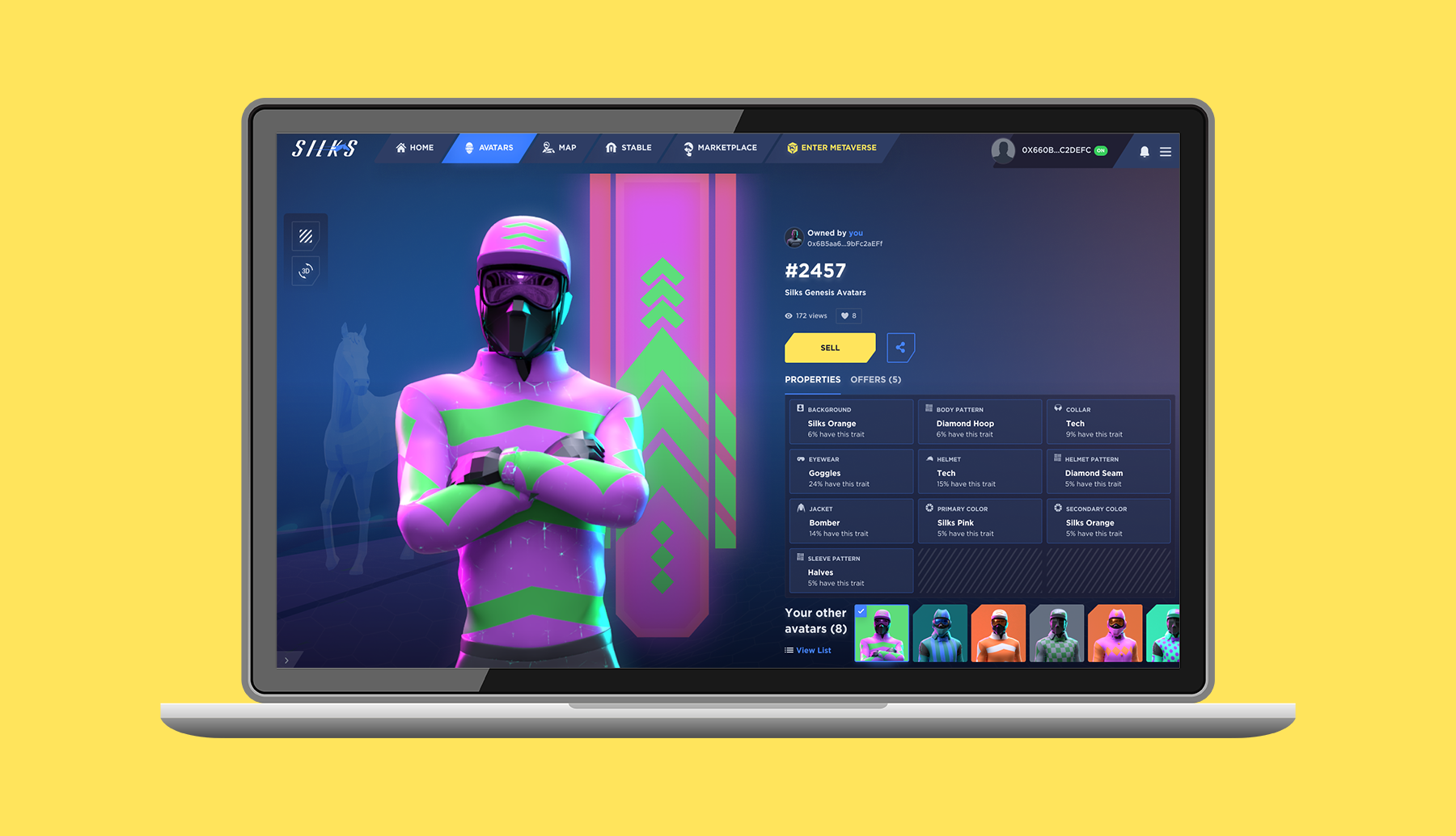
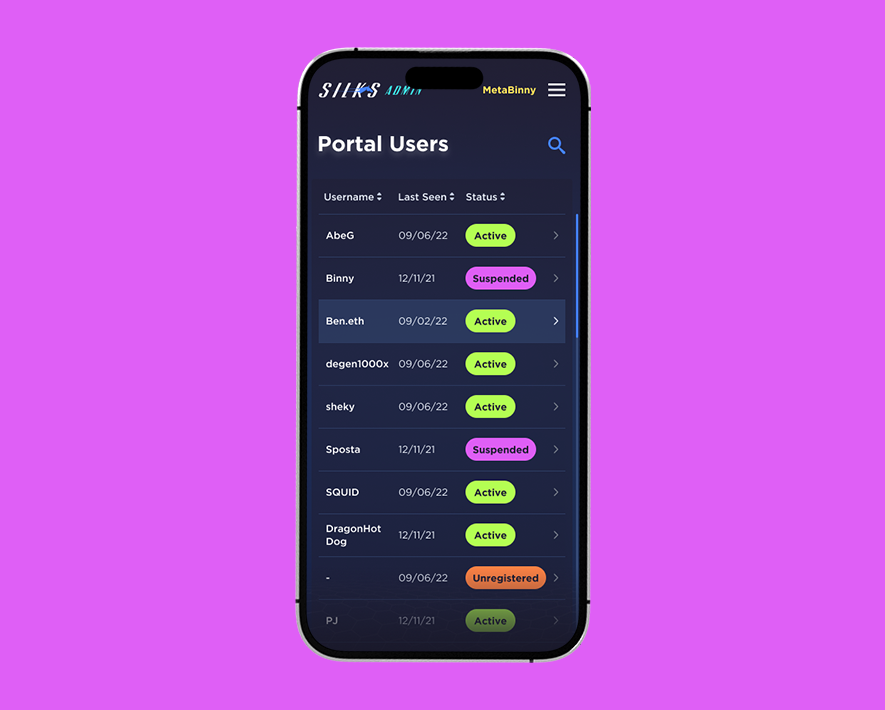
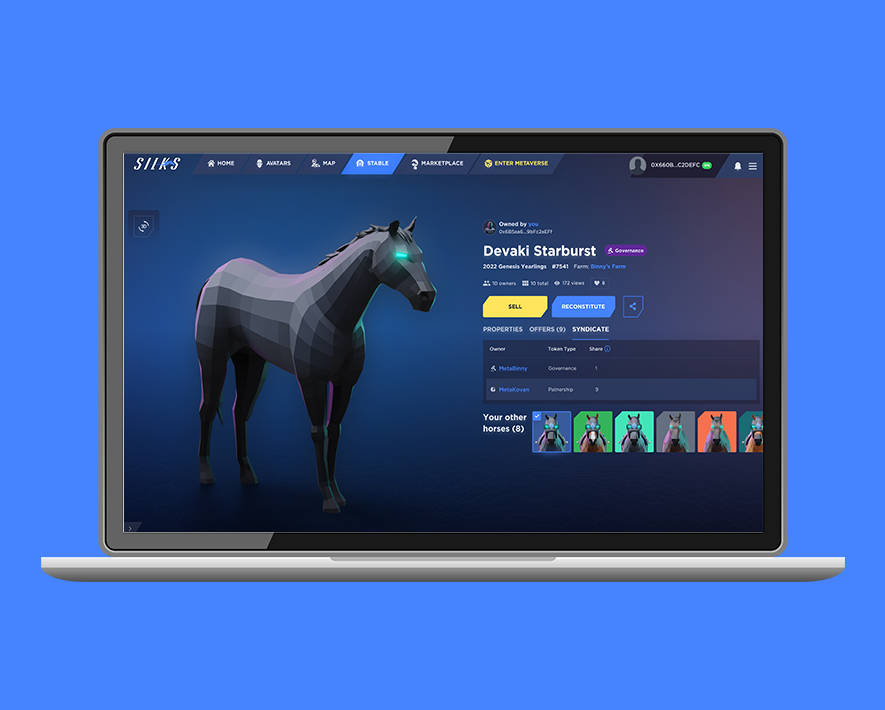
During the development of The Game of Silks, a major challenge was integrating crypto-based mechanics while keeping the UI/UX intuitive for players. Designing interfaces for blockchain interactions, such as token management, in-game assets, and transactions, required careful consideration to simplify complex processes without sacrificing transparency or security. Early prototypes highlighted areas where wallet connections and transaction confirmations confused users, prompting multiple iterations to streamline flows and provide clear, contextual feedback.
Technical constraints around blockchain integration also posed challenges, including ensuring smooth, real-time updates of crypto assets and maintaining responsive design across devices. Collaboration between designers, developers, and blockchain engineers was essential to align design intent with smart contract functionality. These efforts resulted in a seamless user experience that makes crypto interactions feel natural, engaging, and accessible within the immersive world of The Game of Silks.

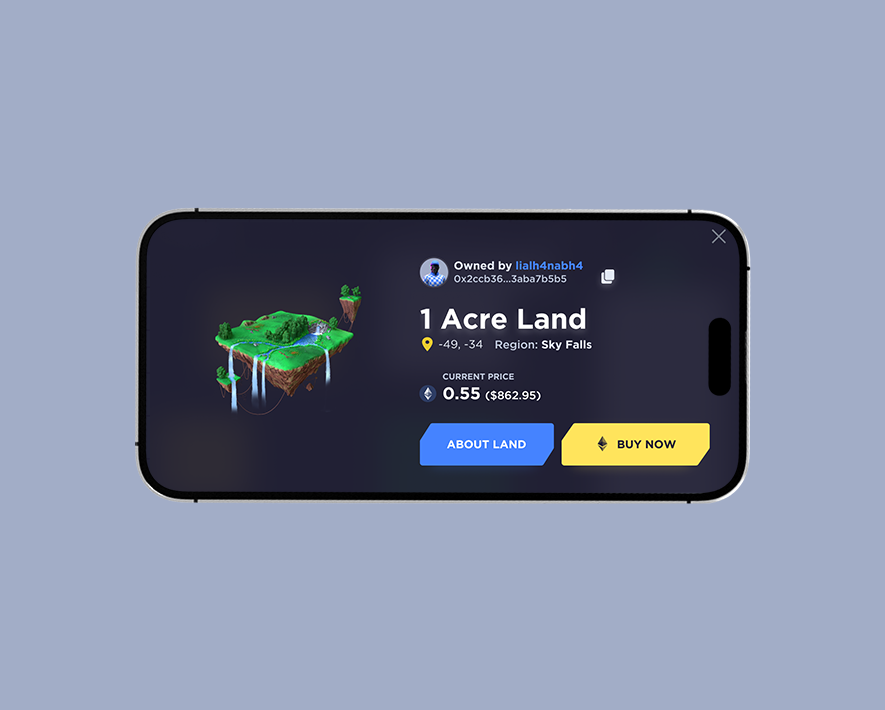

To address the challenges of integrating crypto mechanics, the design team implemented intuitive flows for wallet connections, asset management, and in-game transactions. Clear visual cues and contextual feedback were added to guide players through token interactions, making blockchain processes feel natural rather than intimidating. Micro-interactions and notifications ensured that transaction statuses were always transparent, reducing confusion and building user trust.
Technical collaboration with developers and blockchain engineers enabled real-time updates of crypto assets and smooth integration with smart contracts. Responsive interface design ensured accessibility across devices, while iterative usability testing validated that the crypto features were engaging and easy to understand. These solutions created a seamless, user-centered experience that allows players to interact with crypto mechanics effortlessly, enhancing immersion and gameplay enjoyment in The Game of Silks.